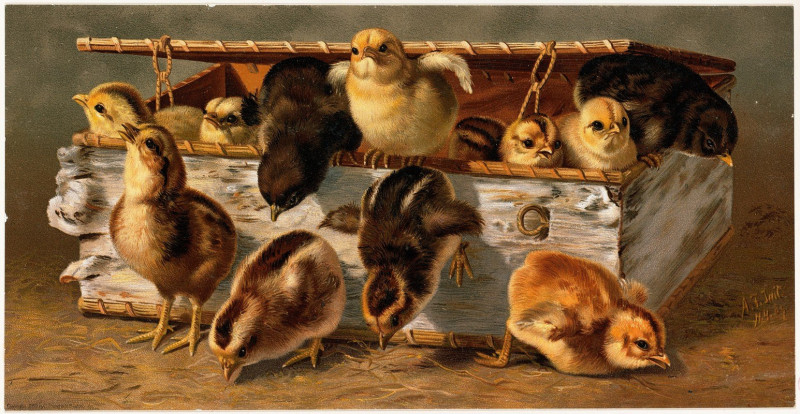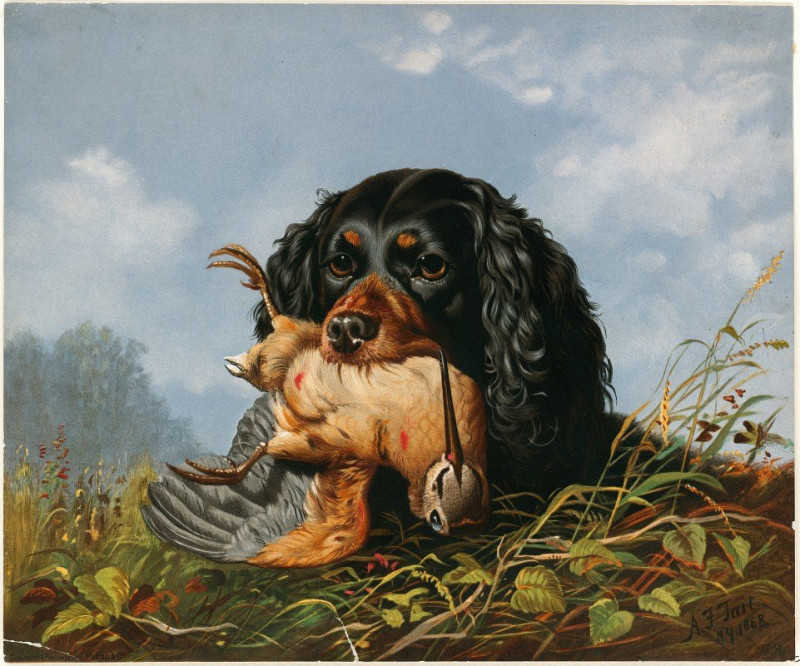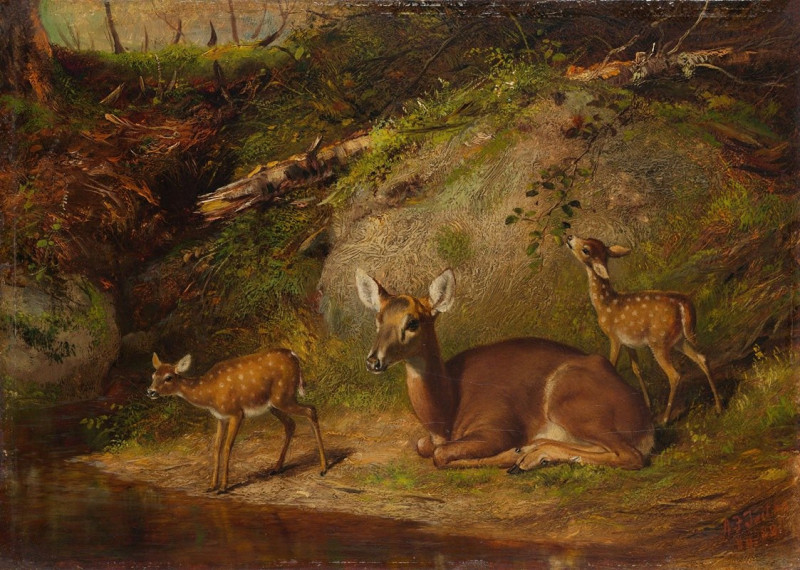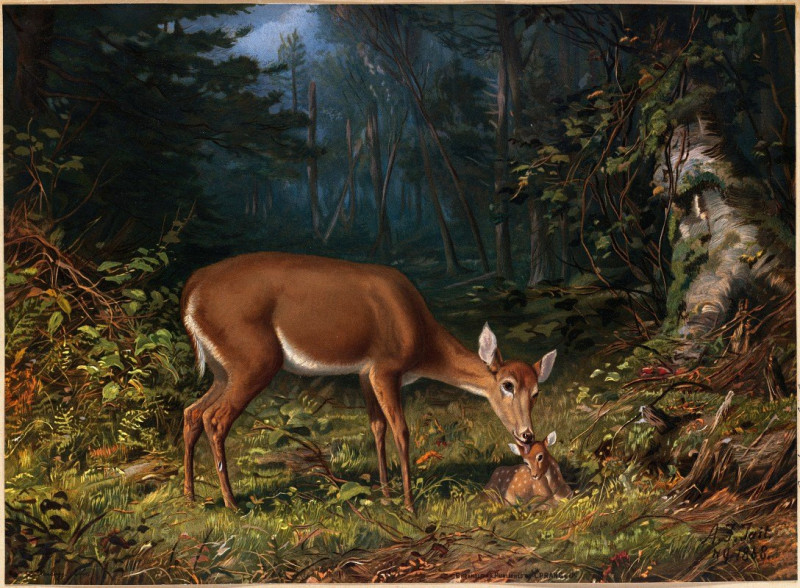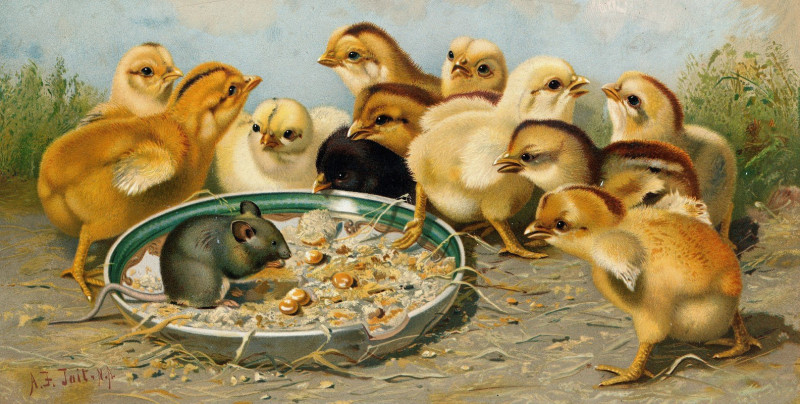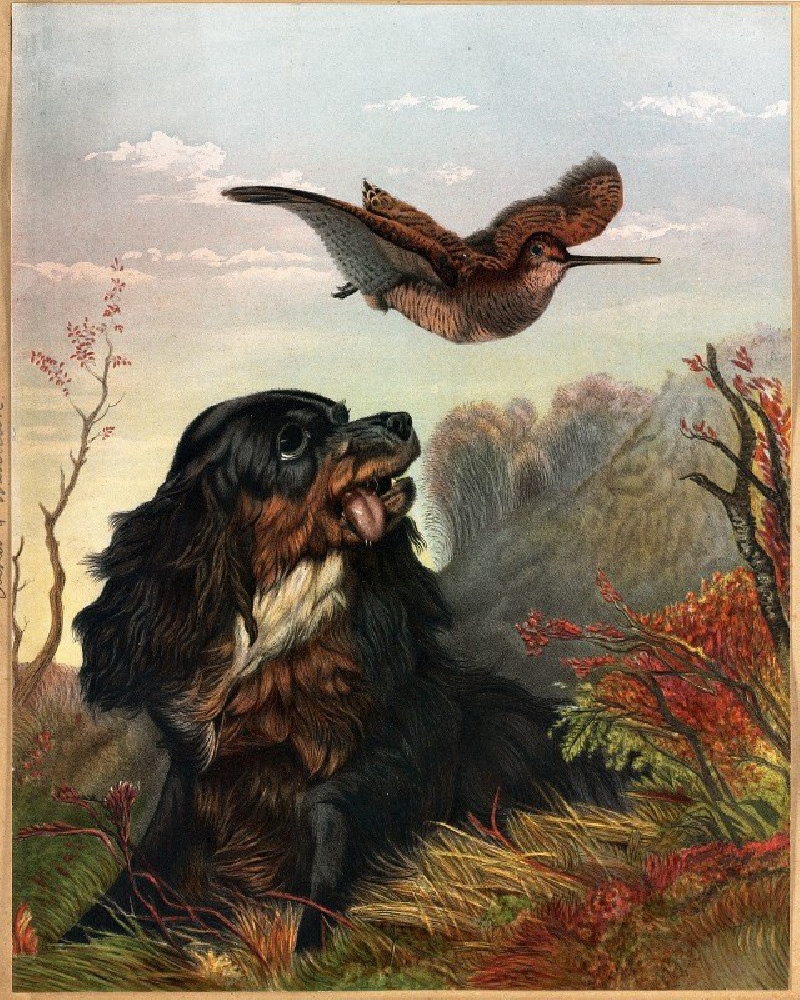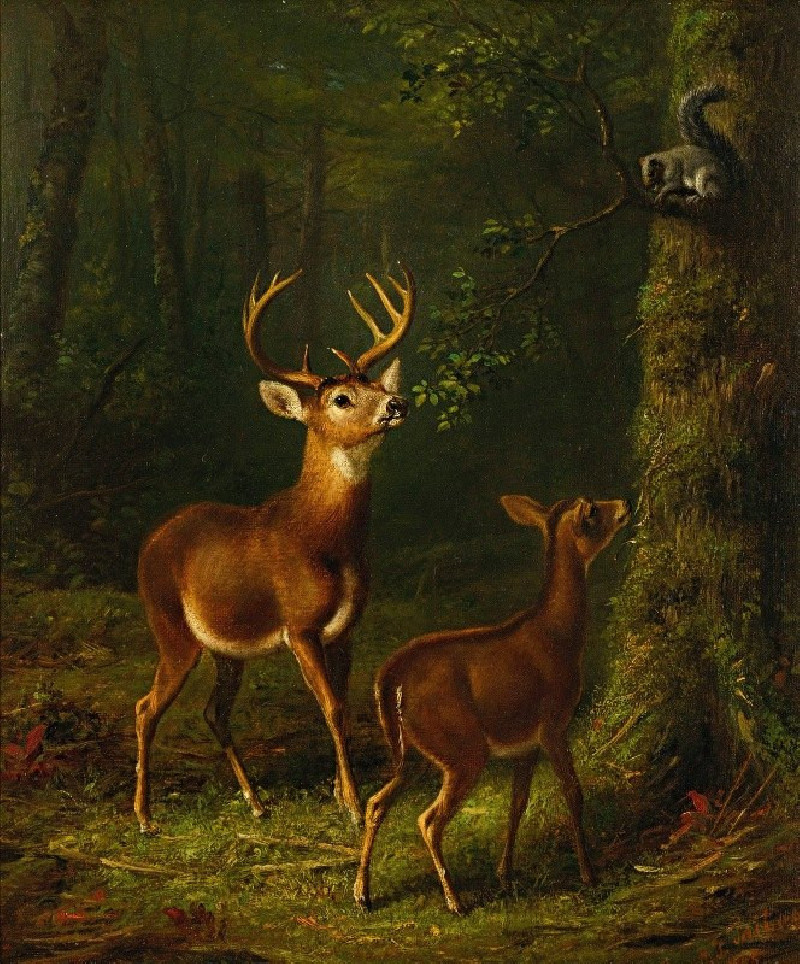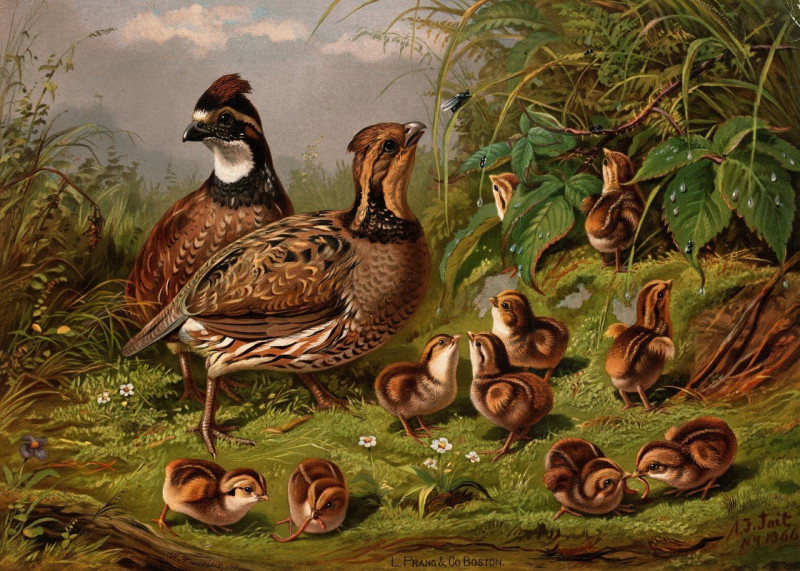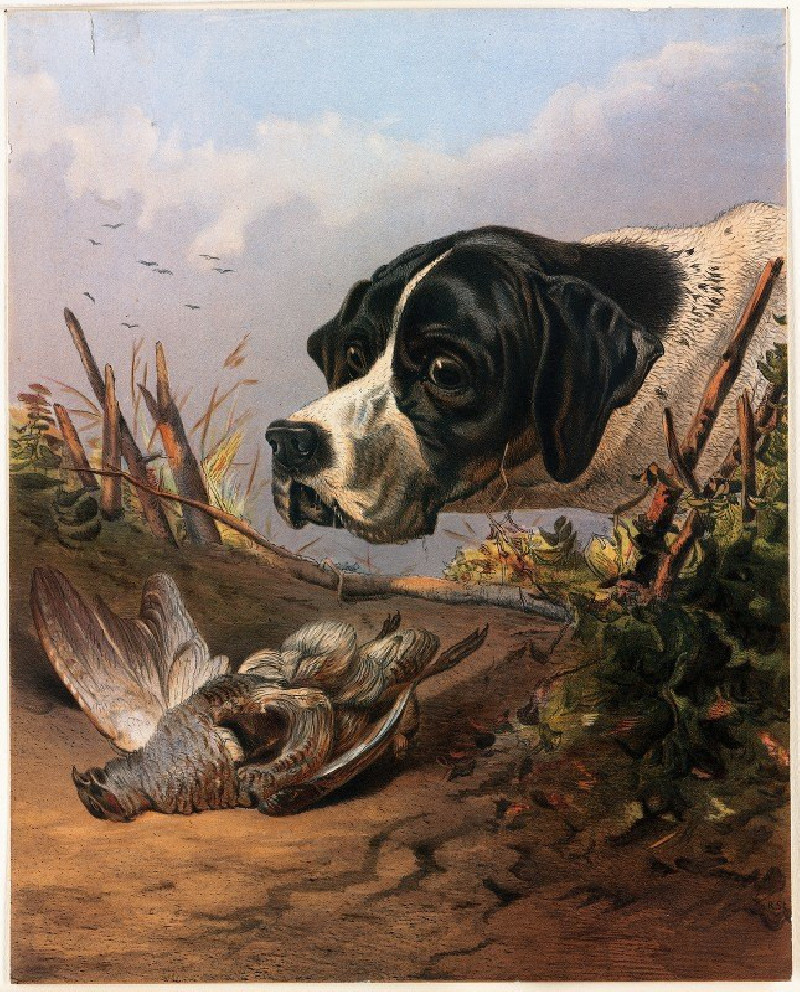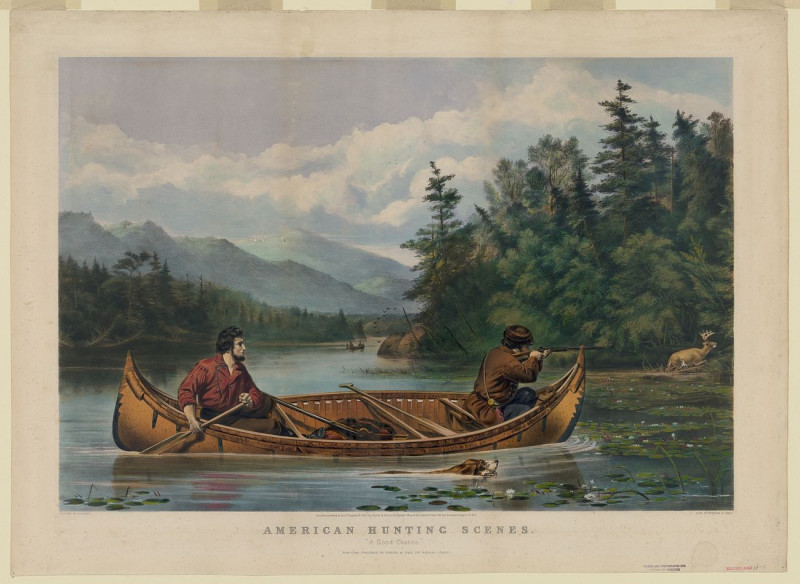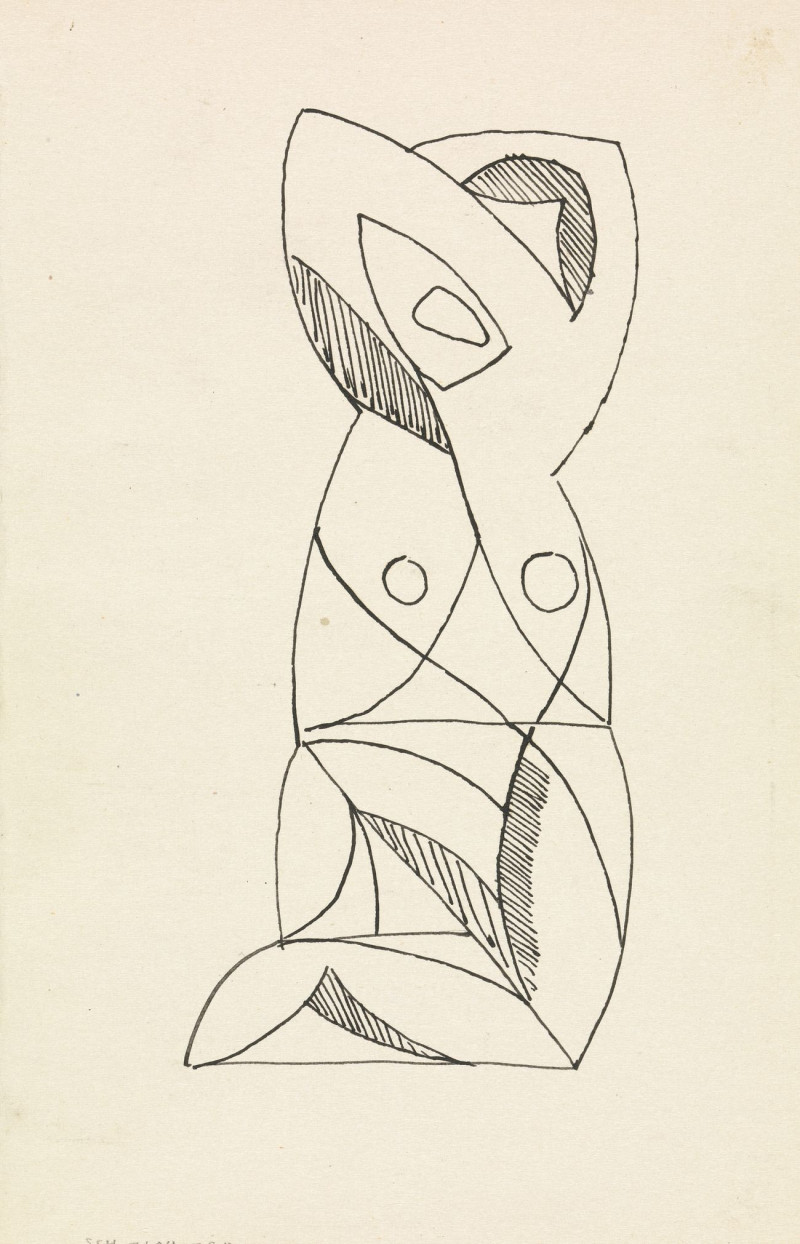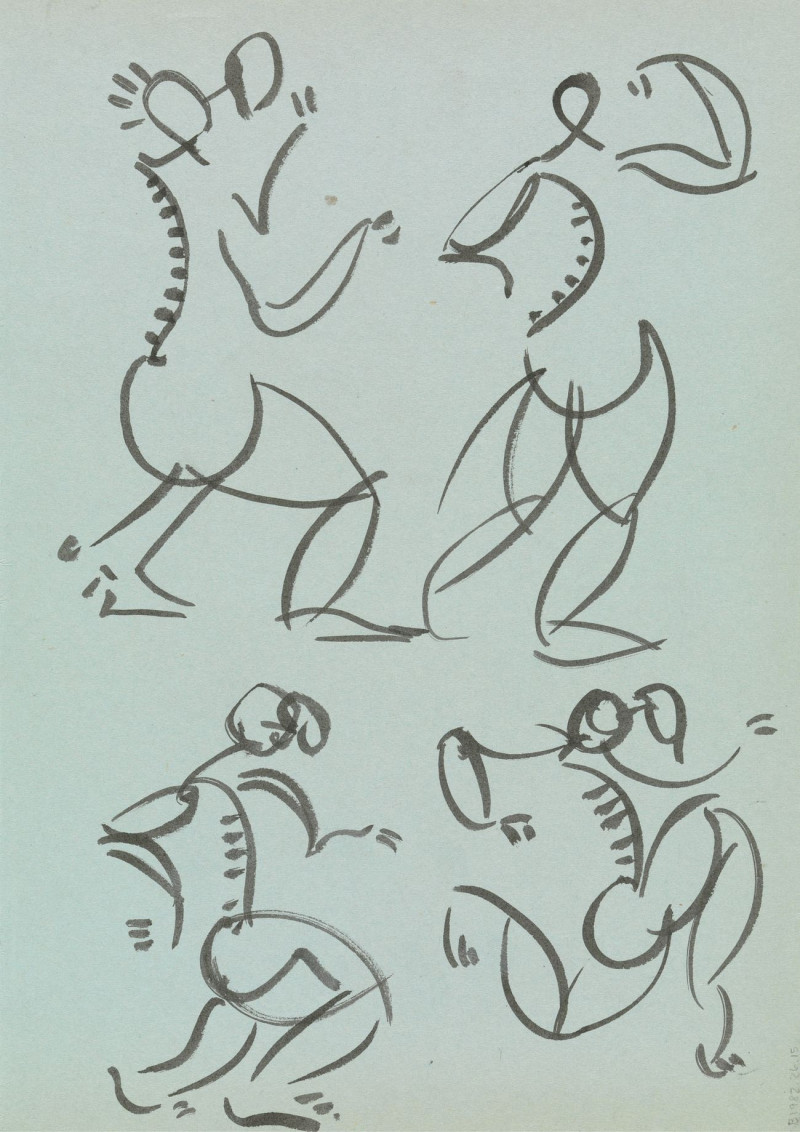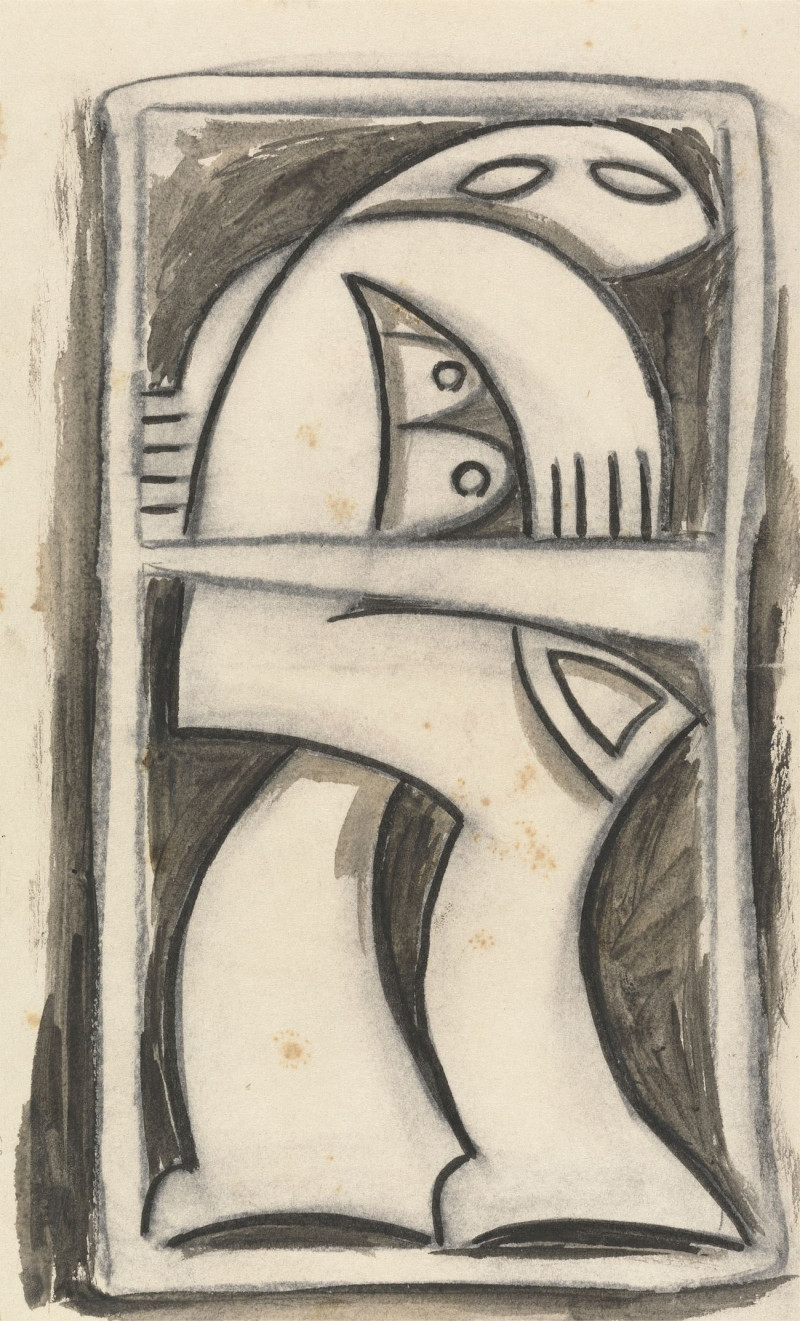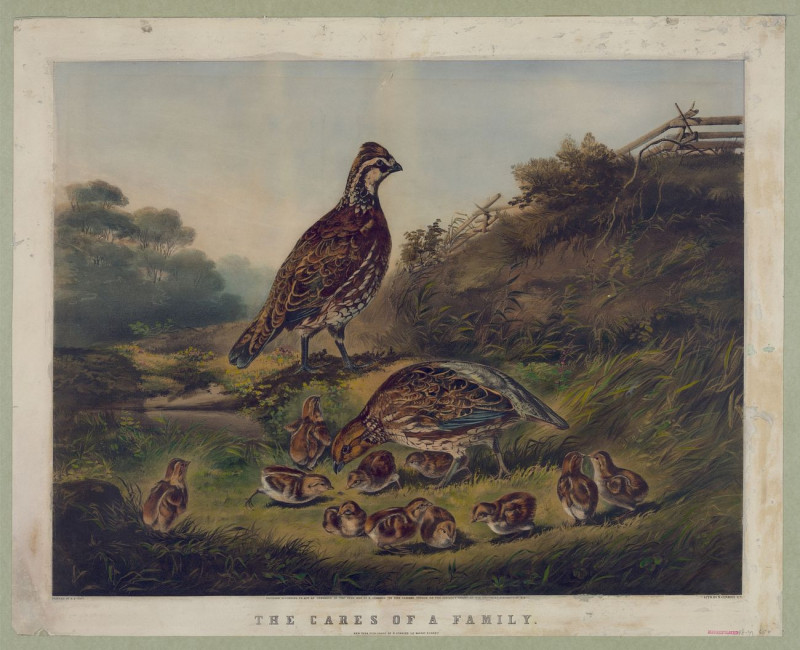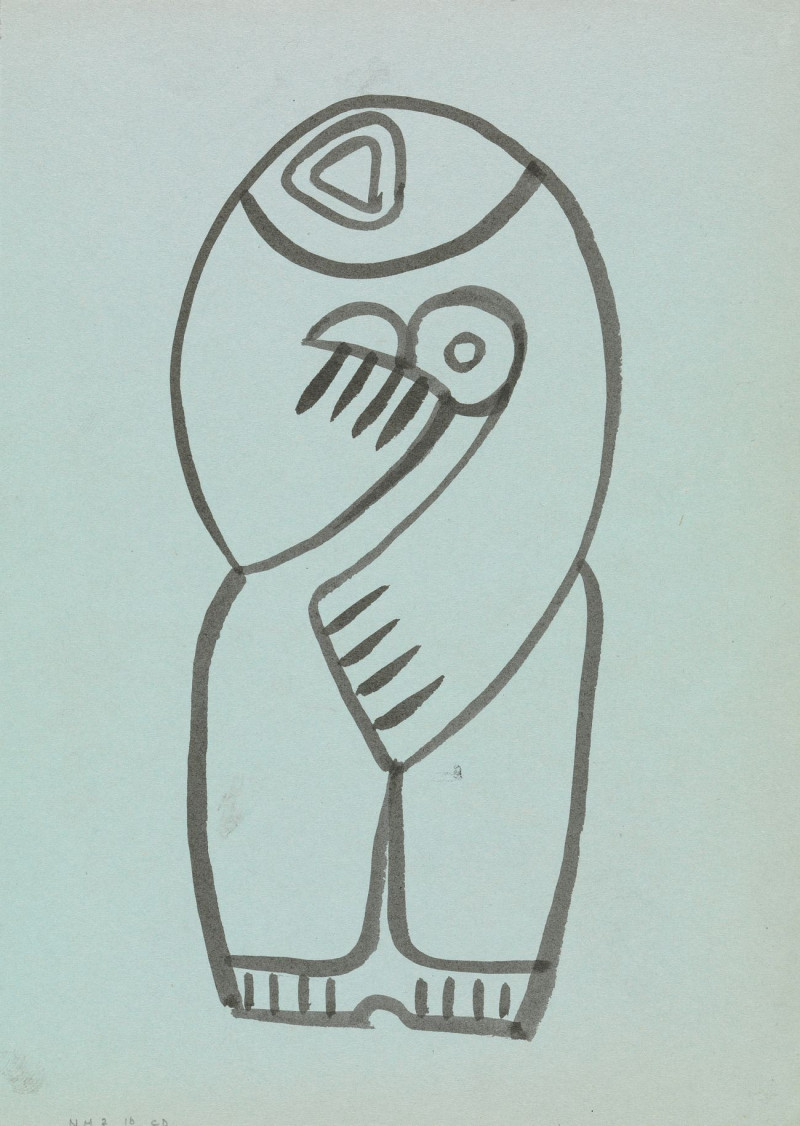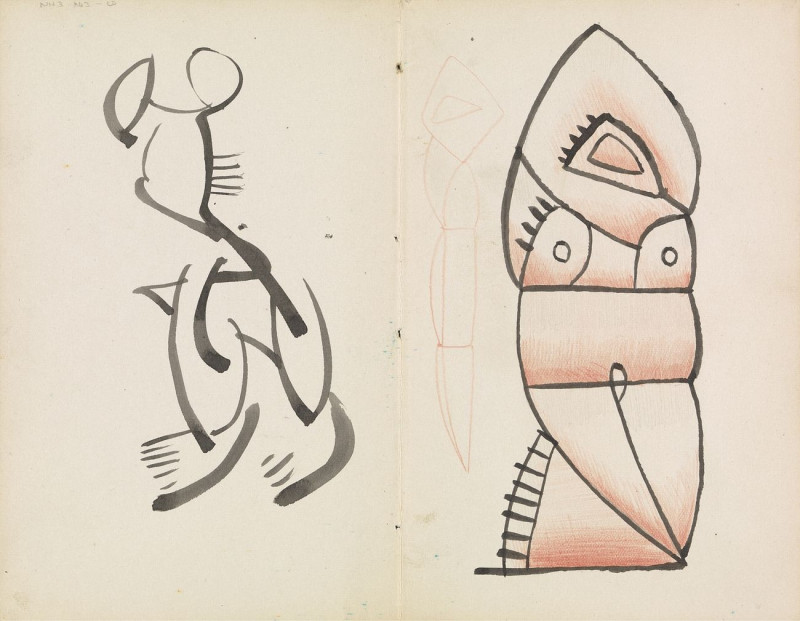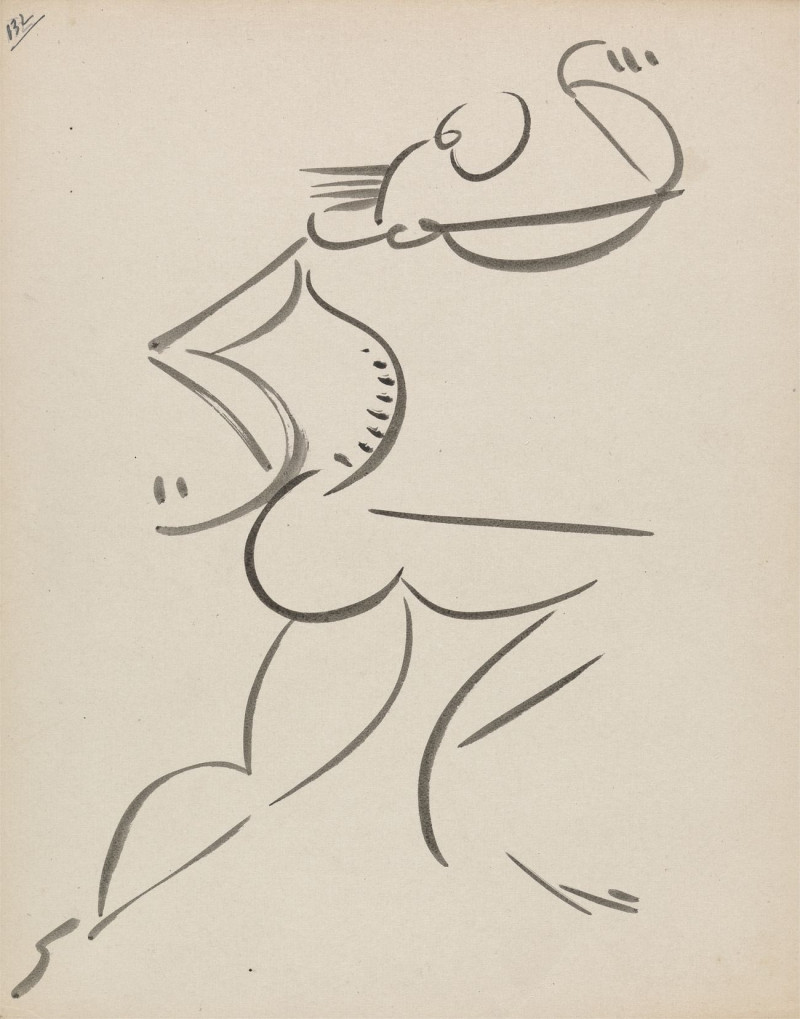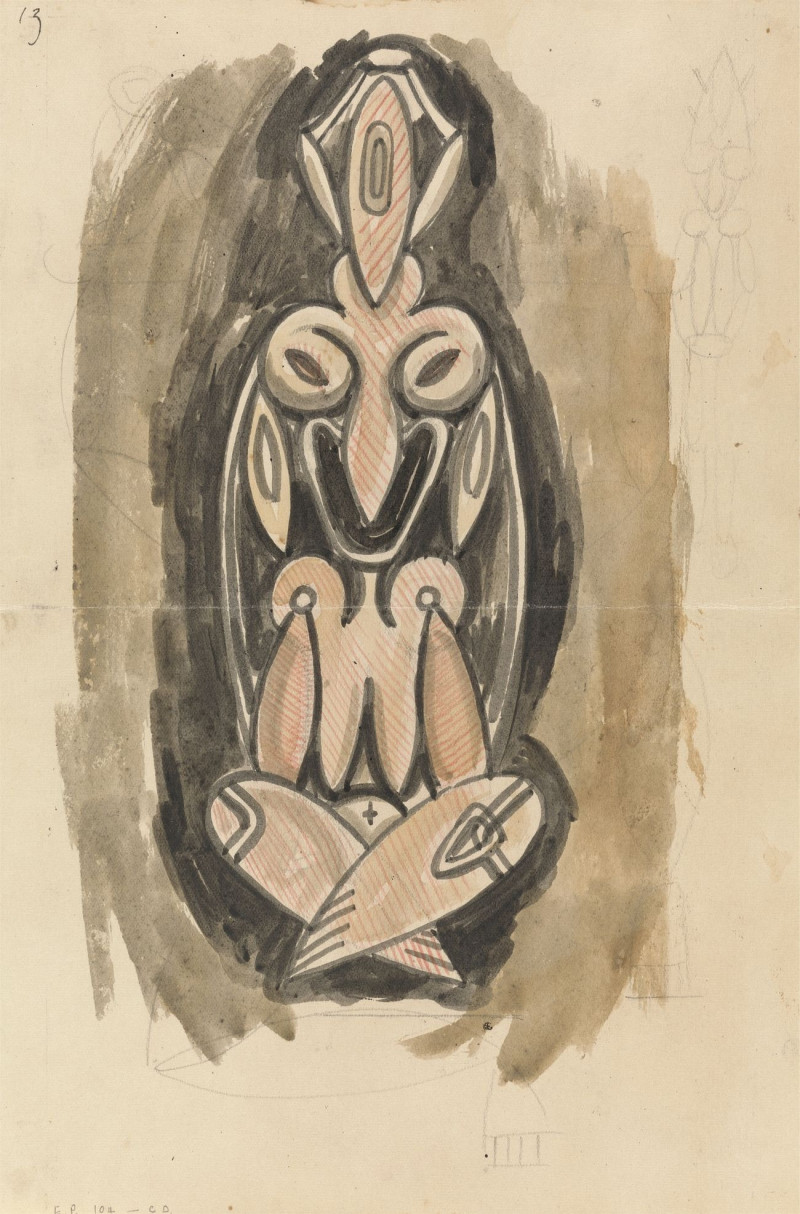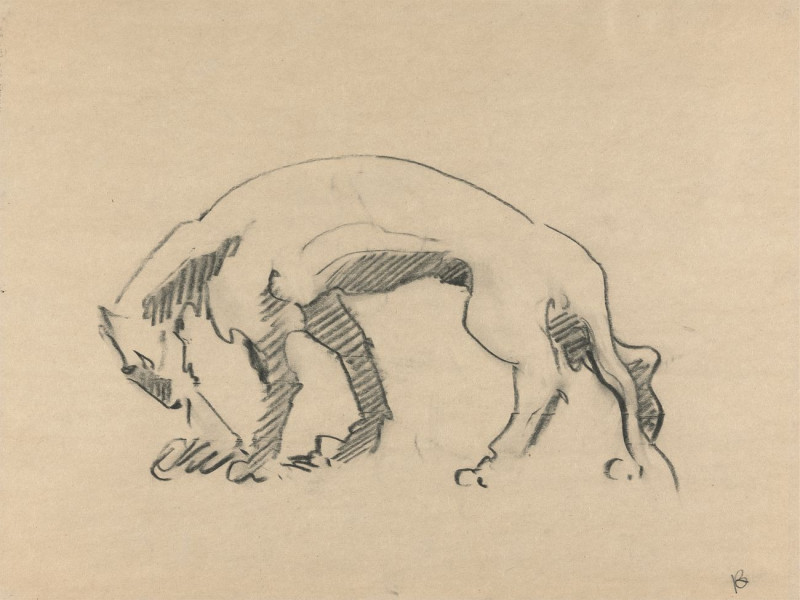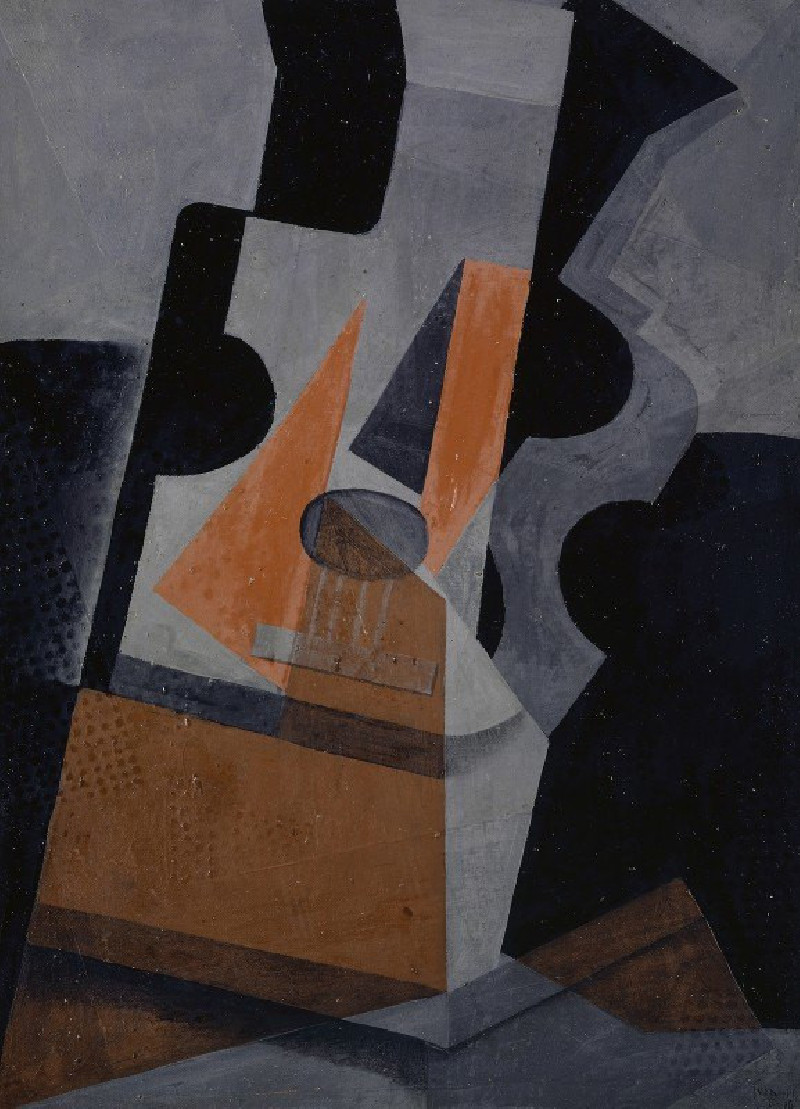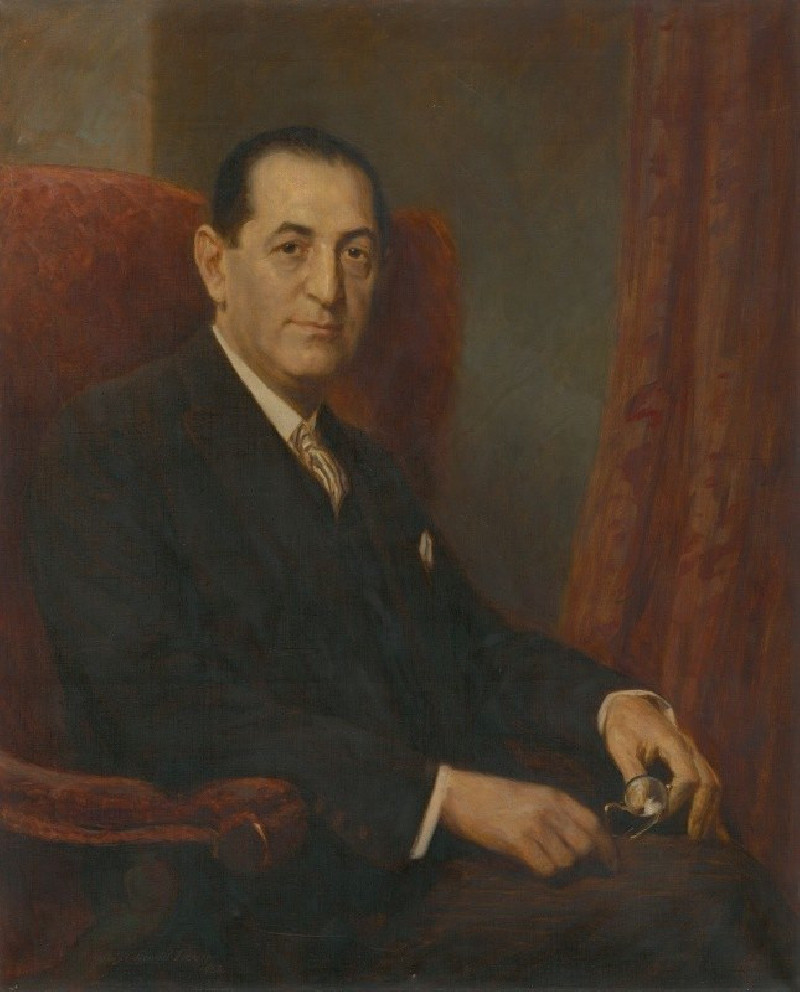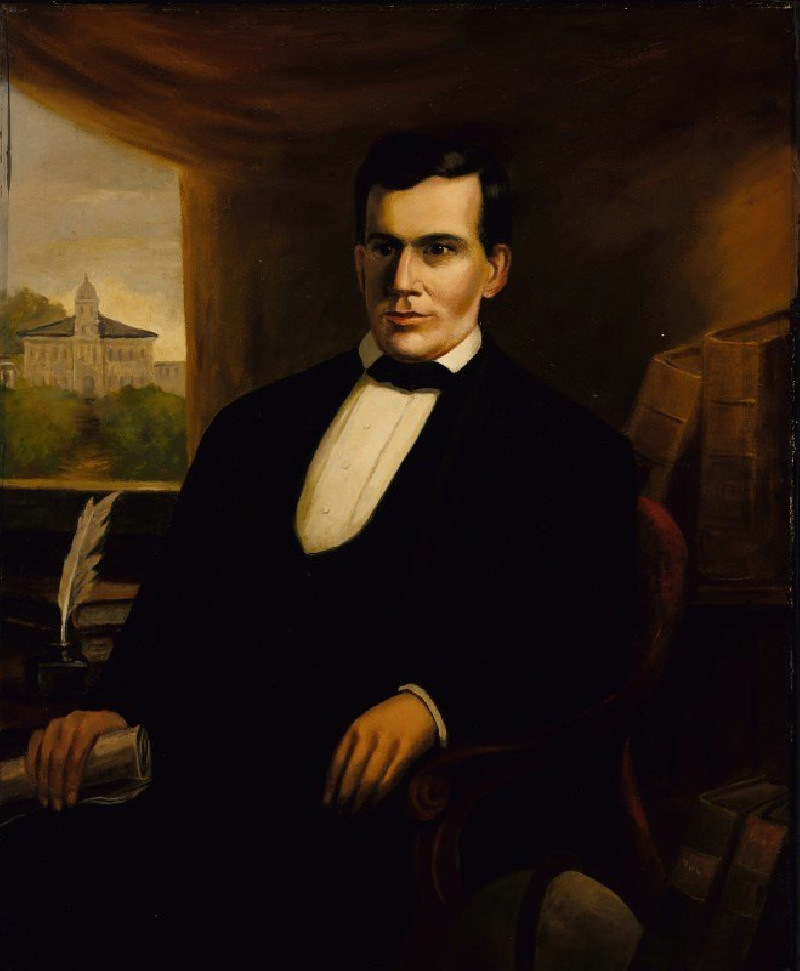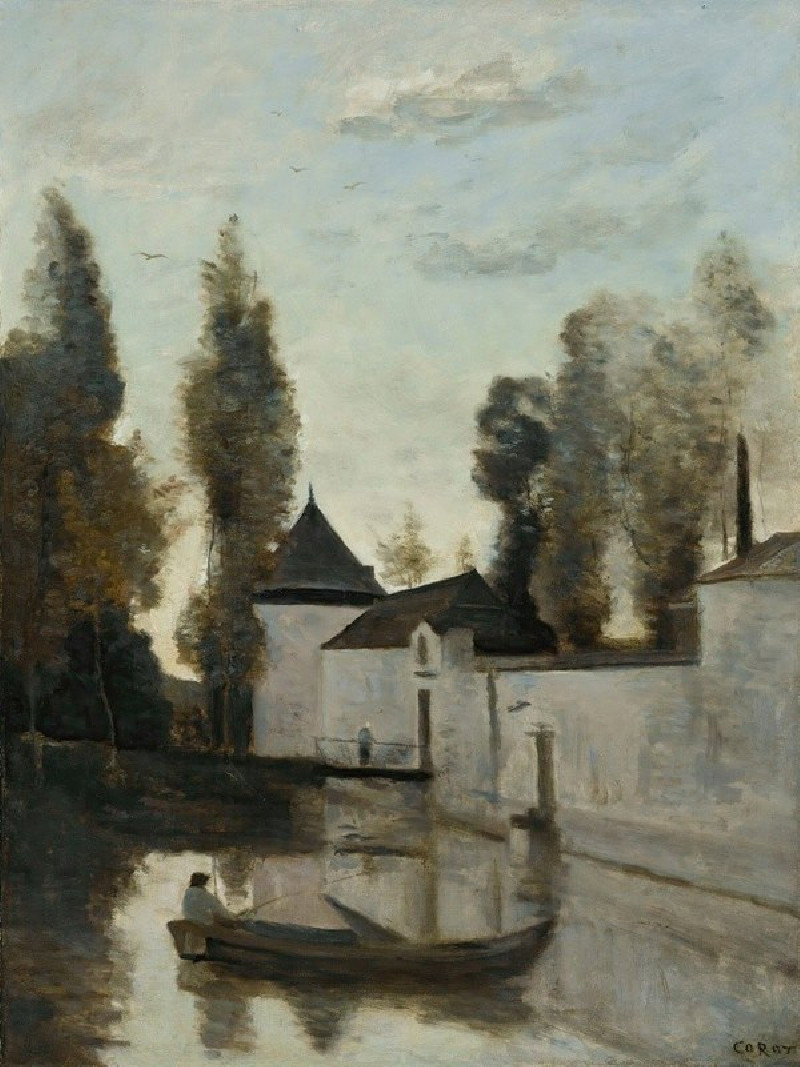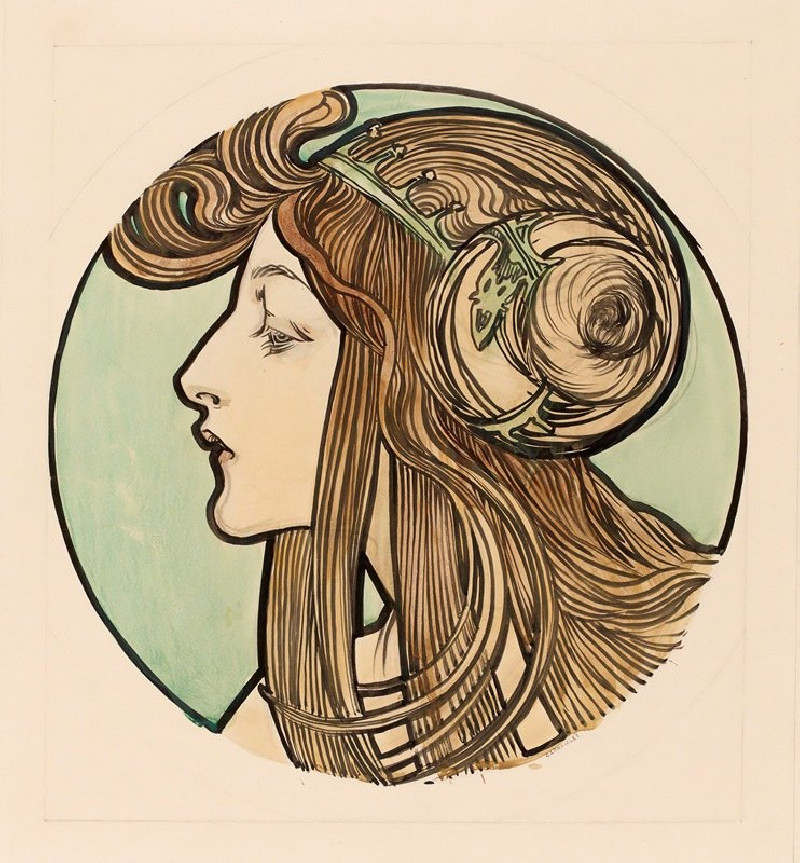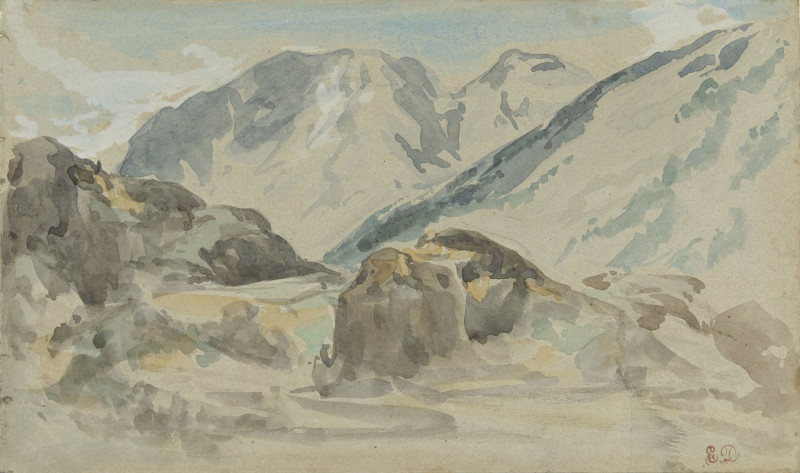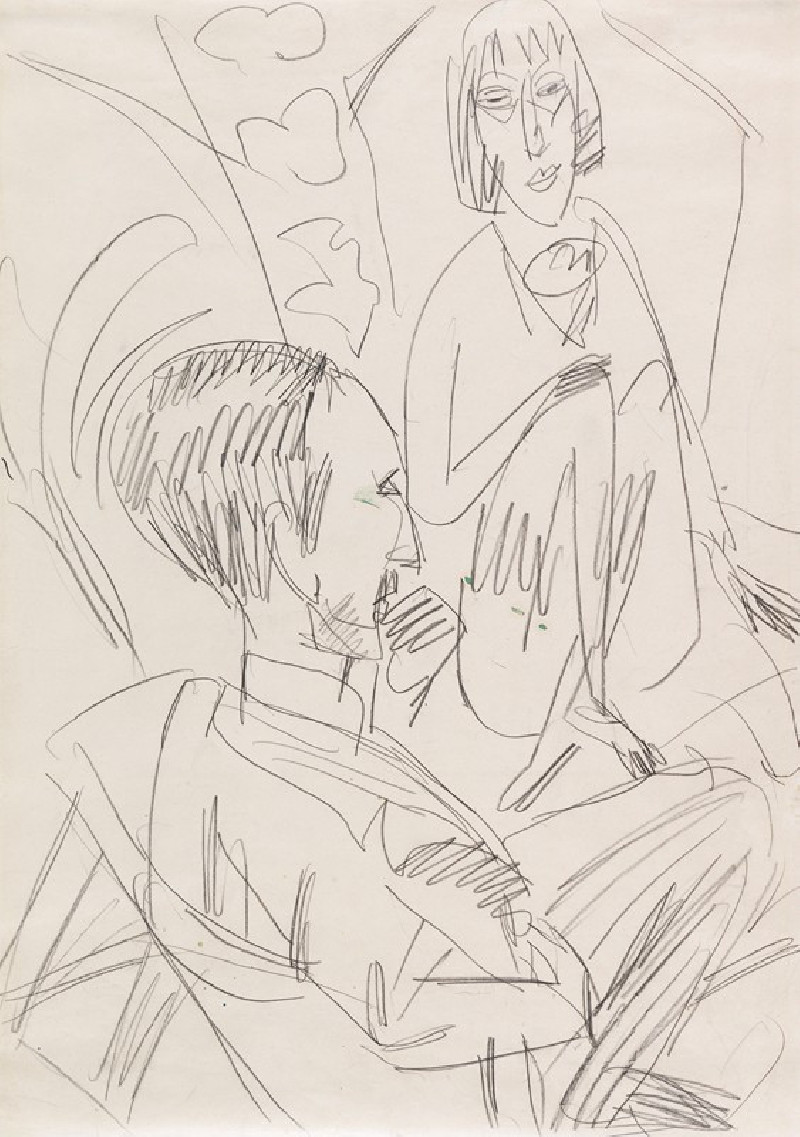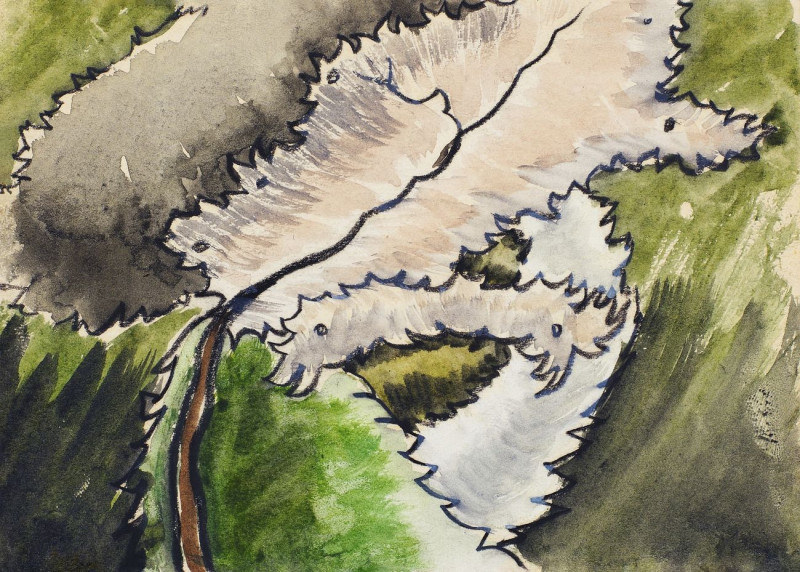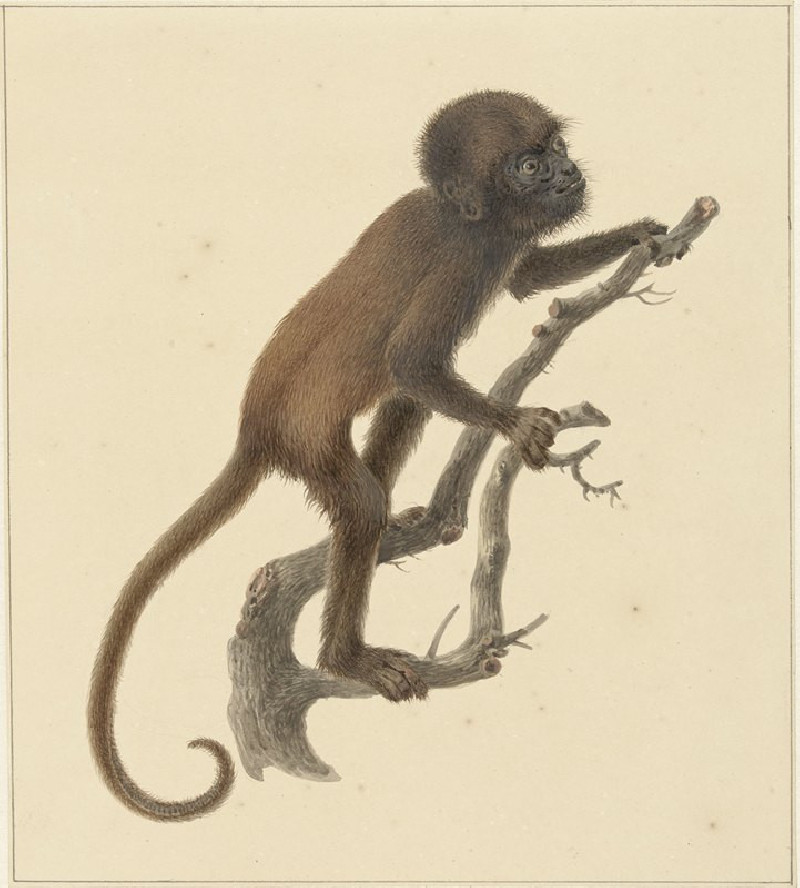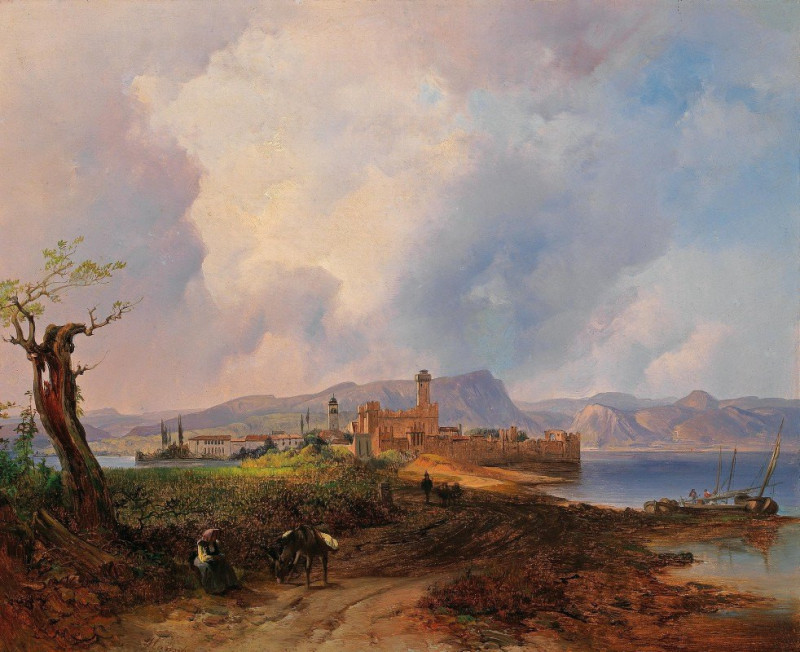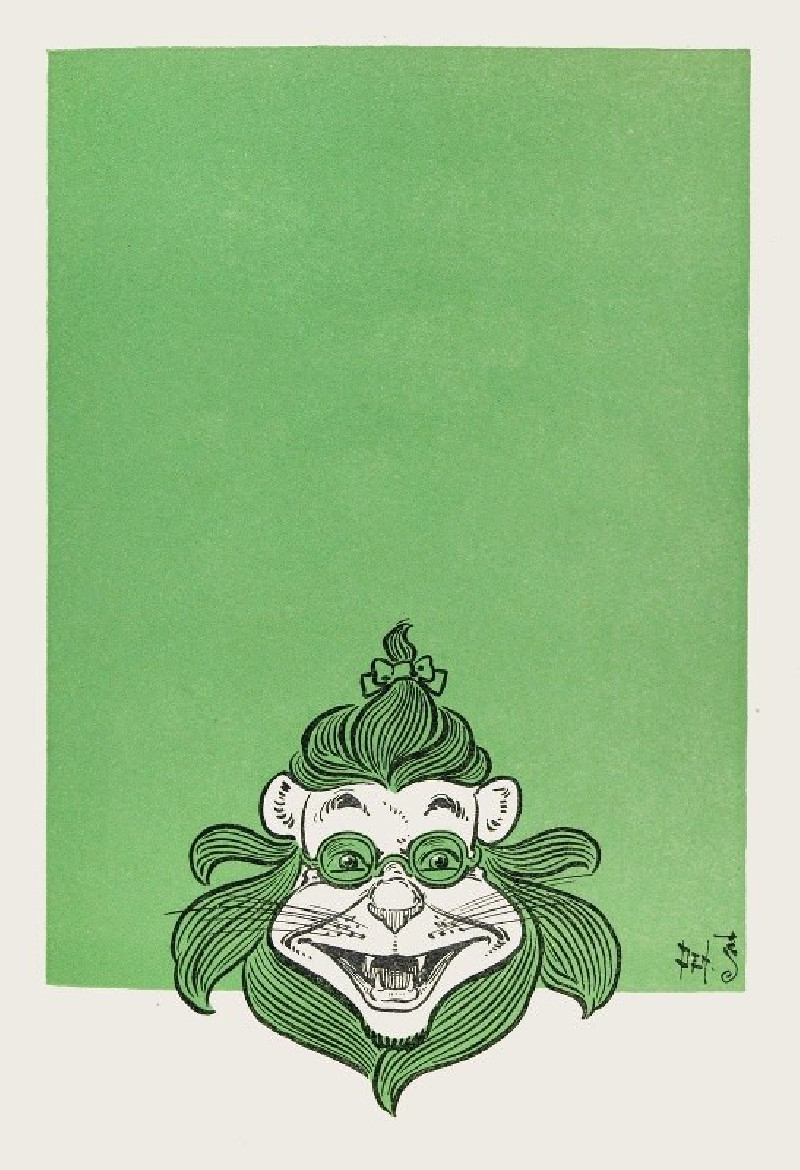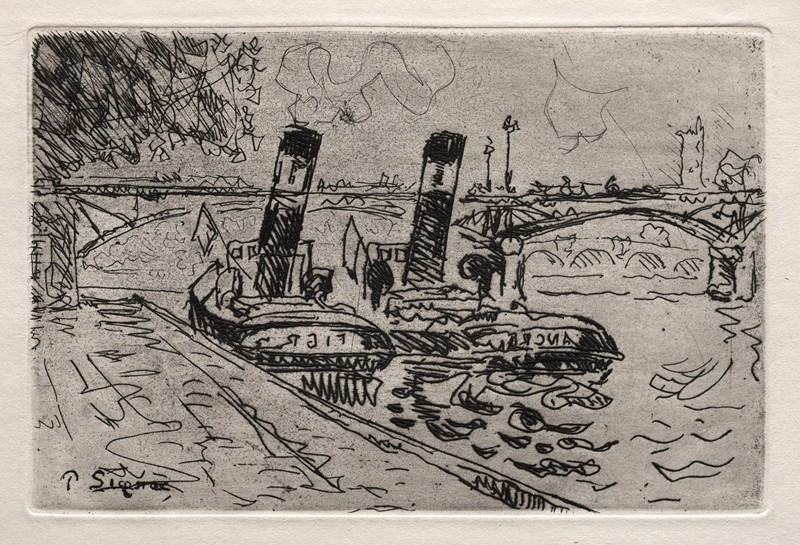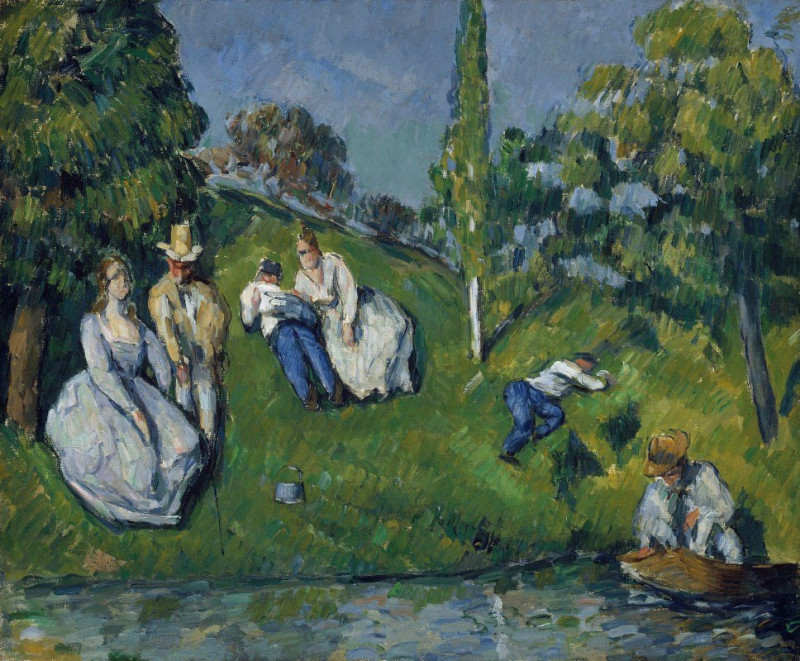Dash for Liberty (ca. 1861–1897)
Technique: Giclée quality print
Recommended by our customers
More about this artwork
Dive into the spirited adventure captured in "Dash for Liberty," a delightful painting by the esteemed artist Arthur Fitzwilliam Tait. Known for his keen eye for detail and heartfelt depictions of wildlife, Tait brings to life the exuberance and playful innocence of young chicks in this enchanting artwork, dated between 1861 and 1897.In this captivating scene, we observe a group of chicks engaging in a daring escape from their rustic confinement, a woven basket left slightly ajar. Each chick, marked by its distinct feather patterns and expressions, radiates personality and motion. Tait masterfully uses light and rich coloration to emphasize the fluffy textures of the chicks’ feathers and the rough, tactile quality of the basket and wooden ledge.The composition teems with energy as some chicks stand alert and watchful, while others are caught mid-stride, embodying the very essence of youthful curiosity and determination. On the right, a bold chick stretches its wings wide, symbolizing the exhilarating rush of newfound freedom. The attention to detail is meticulous — from the individual straws of the basket to the soft down on the chicks' bodies."Dash for Liberty" not only showcases Tait’s artistic skill but also invites viewers to reflect on themes of freedom and the instinctual drive for exploration. It's a warm, optimistic piece that resonates with anyone who appreciates nature's beauty and the vibrant pulse of life. This painting serves as a perfect illustration of Tait's enduring love for capturing the dynamic interactions of animals in their natural settings.
Delivery
Returns
Abstract figure drawings and sketches by British American Arthur Fitzwilliam Tait (1819-1905). His notable oil paintings and prints of landscapes and animals capture the beauty of nature in a way that is both realistic and deeply evocative. Tait was a member of the Hudson River School of Art, a movement known for its romantic and idealized depictions of the American landscape.

